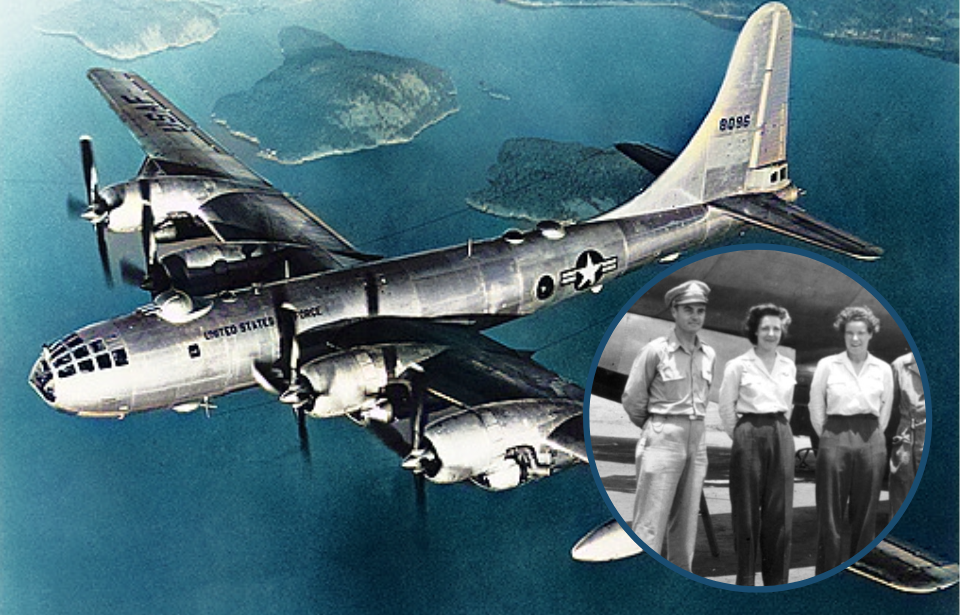In the lead-up to the atomic bombings of Hiroshima and Nagasaki, Paul Tibbets faced the challenge of training a group of pilots to operate the new Boeing B-29 Superfortress. However, a significant obstacle emerged: these aviators were hesitant to fly the bomber, due to its size and the relatively limited testing it had undergone compared to other aircraft used during World War II.
Faced with pilots unwilling to fly the unfamiliar aircraft, Tibbets knew their hesitation wasn’t an option. In a strategic maneuver, he devised a plan to train two females to conduct flight demonstrations for their male counterparts. This approach proved highly effective in alleviating the aviators’ concerns and motivating their participation.
Problems with the B-29’s engines
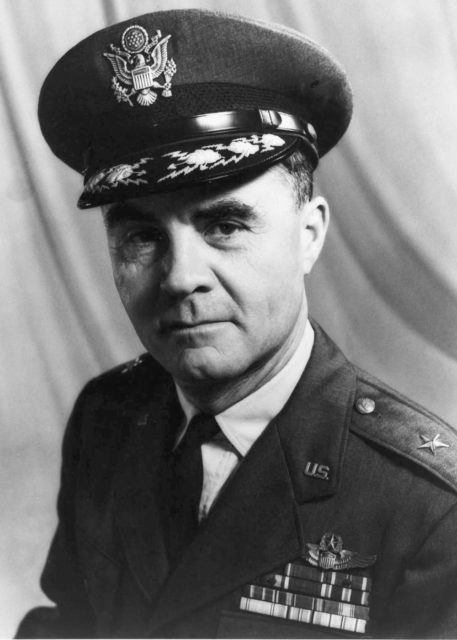
After serving in both the European and Pacific Theaters, Paul Tibbets received orders to return to the US in 1943 to contribute to the development of the B-29 Superfortress. Following the bomber’s successful testing phase, he assumed the role of director of operations for the 17th Bombardment Operational Training Wing (Very Heavy), with a focus on training pilots in the operation of the new aircraft.
Instructing these aviators proved to be a daunting task. Their reluctance was well-founded, given the B-29’s history of unreliable engines and frequent fires, as well as its relatively limited testing, compared to other aircraft. Additionally, the bomber’s notably larger size marked a significant departure from the aircraft previously flown by the US Army Air Forces (USAAF).
The women who flew the B-29 Superfortress
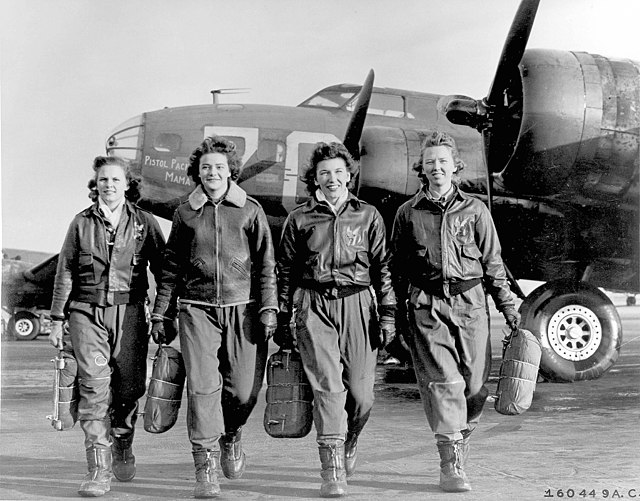
To address the concerns surrounding the B-29, Tibbets decided to train female pilots on the aircraft, in the hope of alleviating the fears among their male counterparts. He recruited two Women Airforce Service Pilots (WASPs) and discreetly omitted any prior issues with the bomber when briefing Dora Dougherty Strother and Dorothea Johnson “Didi” Moorman.
Interestingly, both women encountered no problems during their piloting sessions.
Specifically chosen because neither had previously flown a four-engine aircraft, Strother and Moorman intended to demonstrate that mastering flying a B-29 was within reach for anyone. Tibbets gave the pair just three days of training before deeming them ready to perform demonstrations for the male pilots. They conducted various flights out of the base in Alamogordo, New Mexico, with different aircrews onboard for each demonstration.
Reception as demonstration pilots
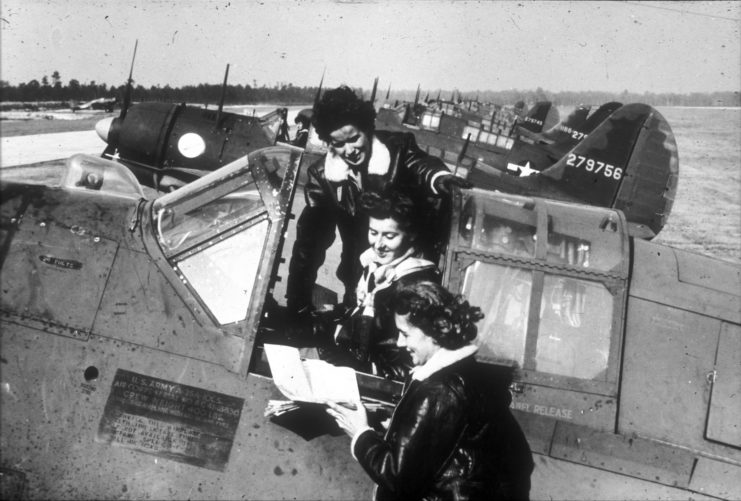
Strother and Moorman achieved success in persuading the male pilots to fly the B-29s. Maj. Harry Shilling, in a maintenance bulletin, lauded their flying skills and comprehensive knowledge of the aircraft. He encouraged other men on the base to seek advice from them on handling the bombers and to replicate their impressive takeoffs.
Despite their accomplishments, Strother and Moorman’s time as demonstration pilots was short-lived. When Tibbets’ superiors learned that women were flying the B-29s, they compelled him to terminate the program. Air Staff Maj. General Barney Giles remarked that the women were “putting the big football players to shame.”
Remembering their role
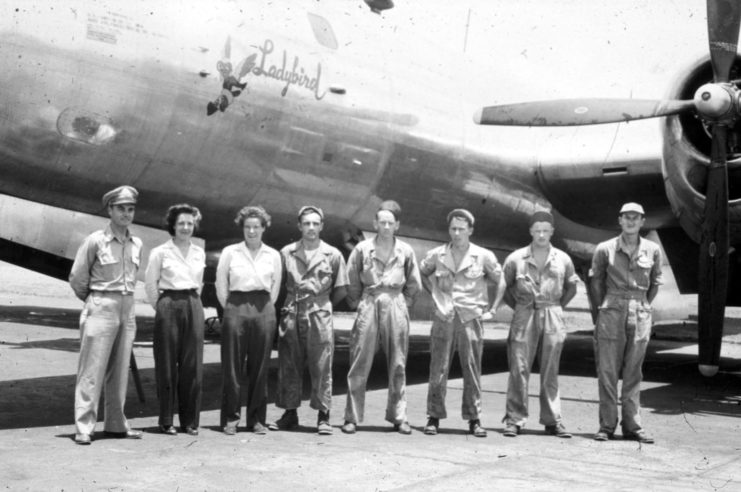
Although their role as demonstration pilots may seem small, it wasn’t viewed as such by the men who watched them. On August 2, 1995, Harry McKeown, a retired lieutenant colonel with the US Air Force, wrote a letter to Strother about her role flying the B-29s. He’d met her and Moorman in 1944 when they brought a B-29 to Clovis Army Airfield, where he served as the Director of Maintenance & Supply and a test pilot.
He said that after their demonstration “we never had a pilot who didn’t want to fly the B-29,” and ended his letter on a more personal note. “I still want to thank you for your helping me that day at Clovis,” he wrote. “I will admit that I was scared… You made the difference in my flying from then on. I wasn’t the only pilot that felt this way, and I am sure that they would thank you too if they knew where you were.”
Life after the war
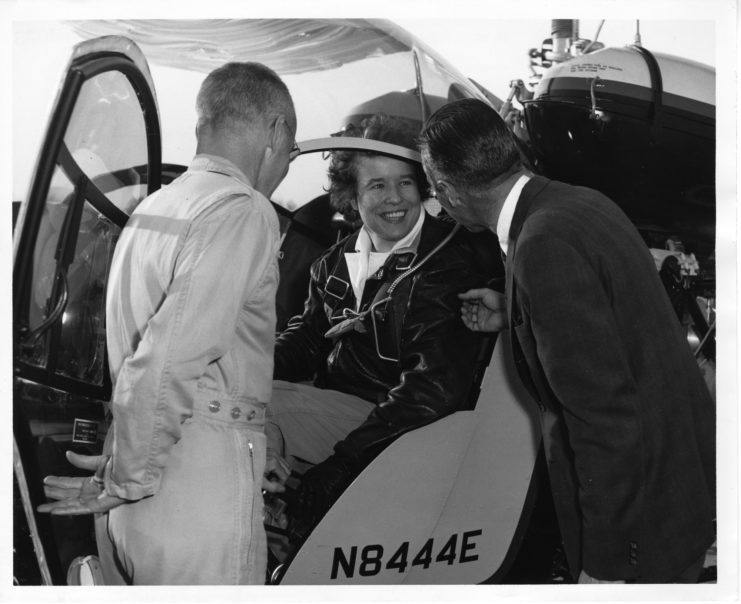
Both women continued their service with the WASPs until the organization disbanded in 1944. Strother pursued her PhD at New York University and subsequently worked for Bell Helicopters from 1962-86. She maintained communication with McKeown and eventually married him in 2002. Meanwhile, Moorman raised five children in North Carolina and remained in close contact with Tibbets until her passing in 2005.
Want War History Online‘s content sent directly to your inbox? Sign up for our newsletter here!
Until 1977, the WASPs were deprived of military veteran status. However, a significant change occurred when the US House and Senate voted to grant them the recognition they rightfully deserved. This decision not only entitled them to veterans benefits, but also enabled these women to honor their fallen sisters as veterans, a privilege they’d been previously denied.
